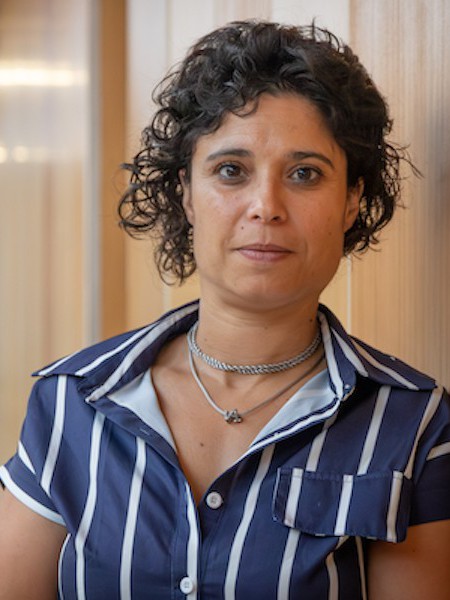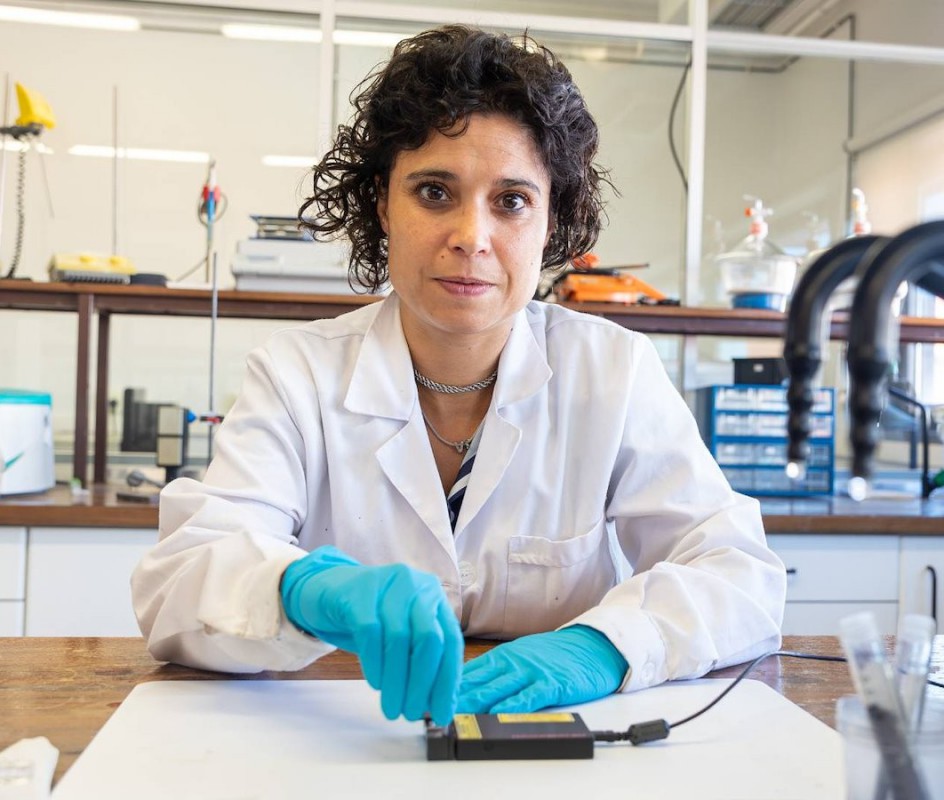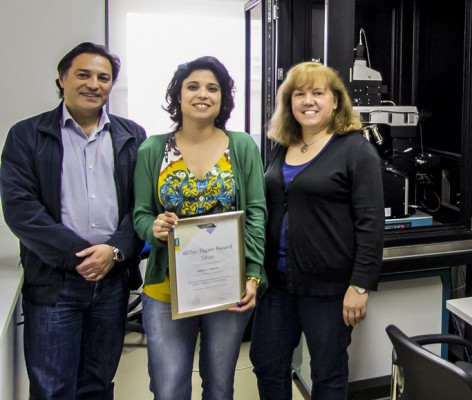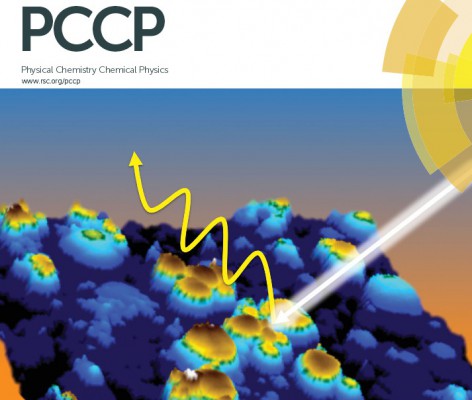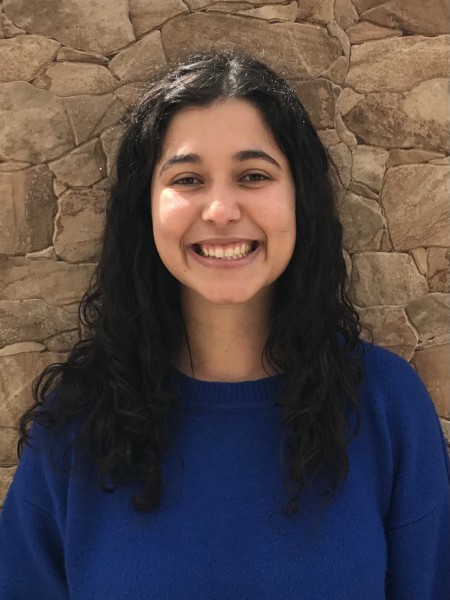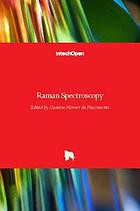Ongoing Supervisions
Publications
Visible-light activation of carbon-supported BiVO4 photocatalysts
Lopes, JL; Estrada, AC; Fateixa, S; Sobolev, NA; Daniel-da-Silva, AL; Trindade, T
2024, JOURNAL OF PHOTOCHEMISTRY AND PHOTOBIOLOGY A-CHEMISTRY, 447.
ISBN:
1873-2666
Surface-Enhanced Raman Scattering Using 2D Materials
de Sousa, BP; Fateixa, S; Trindade, T
2024, CHEMISTRY-A EUROPEAN JOURNAL, 30, 31.
ISBN:
1521-3765
Magneto-plasmonic bionanocomposites for on-site SERS detection of water contaminants
Soares, SF; Silva, NMAS; Brenheiro, J; Fateixa, S; Daniel-da-Silva, AL; Trindade, T
2024, SENSORS & DIAGNOSTICS, 3, 7, 1177-1189.
ISBN:
2635-0998
Integrated magneto-plasmonic nanostructures-based immunoassay for galectin-3 detection
Fateixa, S; Martins, ALF; Colaco, B; Antonio, M; Daniel-da-Silva, AL
2024, ANALYTICAL METHODS, 16, 30, 5212-5222.
ISBN:
1759-9679
Modification of regenerated cellulose fibres by cork-derived suberin and the cutin fraction from grape skins
Moriam, K; Azevedo, C; Fateixa, S; Fateixa, F; Sixta, H; Evtuguin, D
2024, CARBOHYDRATE POLYMER TECHNOLOGIES AND APPLICATIONS, 8.
Separation of metals using in situ formation of DES-DES biphasic systems
Nogueira, A; Vallejos-Michea, C; Fateixa, S; Jimenez, YP; Coutinho, JAP; Schaeffer, N
2024, CHEMICAL COMMUNICATIONS, 61, 2, 358-361.
ISBN:
1364-548X
Raman imaging studies on the stability of Paracetamol tablets under different storage conditions
Fateixa, S; Mulandeza, O; Nogueira, HIS; Trindade, T
2023, VIBRATIONAL SPECTROSCOPY, 124.
Functional fibers from regenerated wood pulp cellulose and a natural-based phytate with enhanced flame retardancy properties
Matos, FS; Fateixa, S; von Weymarn, N; Freire, CSR; Silvestre, AJD; Vilela, C
2023, JOURNAL OF APPLIED POLYMER SCIENCE, 140, 34.
Arrays of graphene-quantum dots-supported DNA oligonucleotides as self-indicating porphyrin carriers
Monteiro, AR; Ramos, CIV; Fateixa, S; Neves, MGPMS; Trindade, T
2023, NEW JOURNAL OF CHEMISTRY, 47, 39, 18130-18142.
Additive Manufacturing-Enabled Architected Nanocomposite Lattices Coated with Plasmonic Nanoparticles for Water Pollutants Detection
Fateixa, S; Landauer, M; Schneider, J; Kumar, S; Böhm, R
2023, MACROMOLECULAR MATERIALS AND ENGINEERING, 308, 8.


